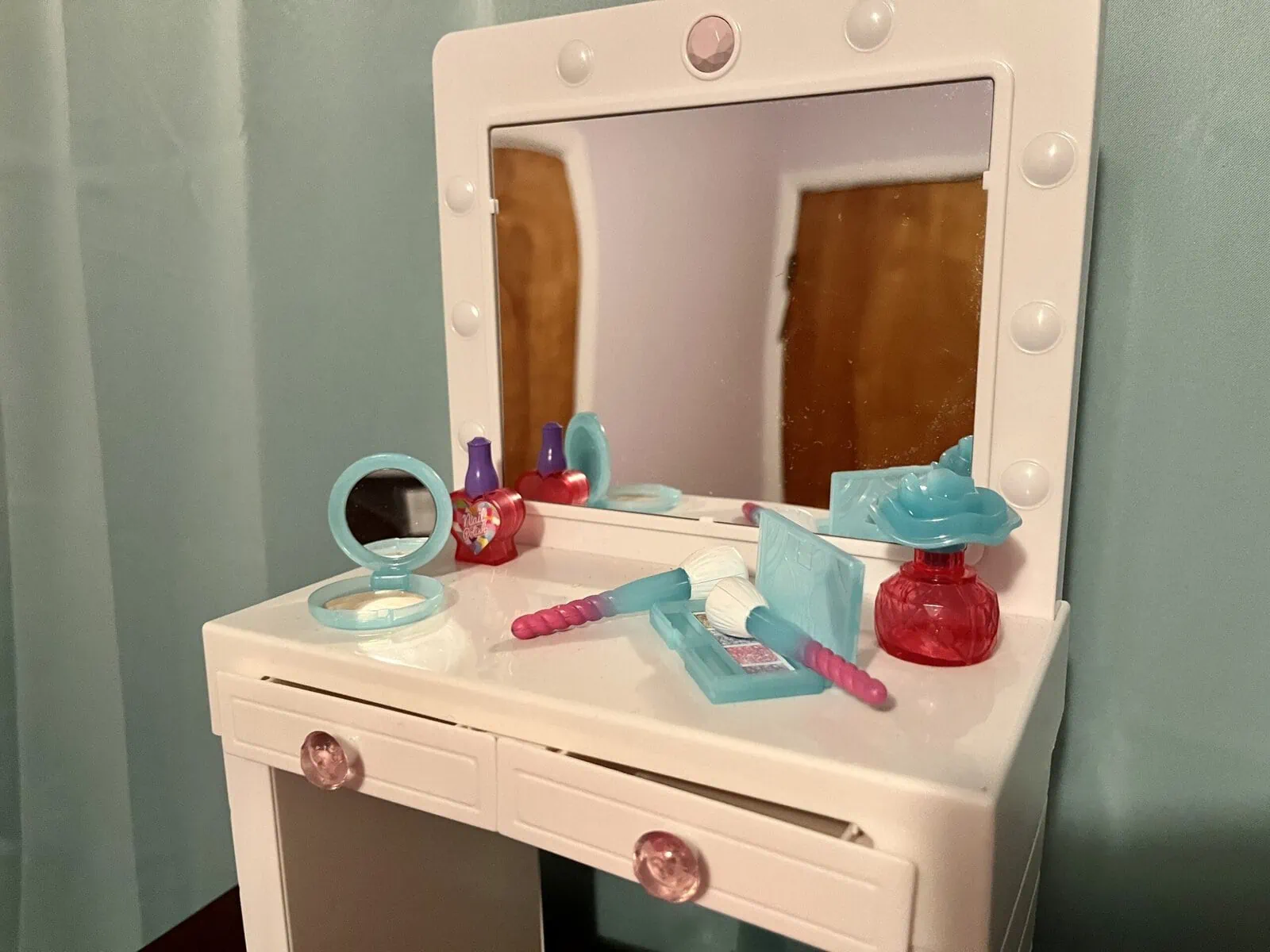What does it mean to perform femininity? I thought it was pretty self-evident, but I’ve recently discovered it’s a bit more complicated.
There are a variety of ways that girls and women act to meet certain expectations around femininity. A good friend of mine opened my eyes to this after buzz-cutting her hair. She had always had such long beautiful hair. She dyed it all sorts of colours and did it up in fun ways. When she cut it, I was curious why.
She explained that while she had loved her hair, it had turned into a consumptive love. If she didn’t do her hair before class, she couldn’t focus because she was self-conscious. But doing her hair meant spending far too much time trying to look good for a morning class where she really should have been trying to pay attention. She felt damned if she did and damned if she didn’t.
I can sympathize, but not empathize.
I don’t spend that much time doing my hair — frequently, I show up to class looking like I just had a ton of bricks dropped on me. So, ladies and gentlemen, boys and girls, I was on the hunt for the truth about performative femininity.
Understanding performative femininity
I’ve interviewed a variety of people and I’ll spoil the ending — people perform femininity in all sorts of ways.
I first spoke to Ainsley Pridell, a third-year history and political science student at Dalhousie University. Ainsley wears a wide range of clothing, can blend styles like it’s nobody’s business and has fun presenting herself in unique ways. She explained that coming from Saskatchewan (where she grew up) to Halifax, she felt like she could finally dress how she wanted to.
In Saskatchewan, “what was considered to be feminine, hot and desirable was leggings. And to leave the normalcy of what everyone else was wearing was scary,” Pridell says.
For Ainsley, part of performing femininity in Saskatchewan was fitting the “norm” of what other women were doing.
She also felt femininity could be defined by how women interact with men, or in male-dominated spaces.
“Women will answer a question with, ‘I’m not really sure,’ then say something really intelligent and end it with, ‘if that makes sense.’ Men don’t really do that,” Pridell says.
She finds it scary trying to break into a space that will inevitably expect less of you. This is how she feels in a group of men.
What I found most interesting is that when Pridell knows she’s being underestimated, she says something sly and sarcastic — or a sneaky little roast — and proceeds to giggle and smile to preserve the male ego. She does this, knowing all the while that she is talking circles around this buffoon.
Sports, chemistry and just being there
The next person I chatted with on the subject was Lauren Jackson (LJ for short), a first-year arts and social science student at Dal. Jackson is an athlete and finds men treat her as someone less than in the hockey league they play in. This, to her, was performative femininity: the way society made her feel a woman should act in a traditionally male-dominated setting, such as a hockey arena.
Jackson’s response to this feeling was to get political. She feels more women should work to spread awareness for women’s rights.
“For example, women’s rights are being taken away and controlled in the [United States]. [It’s] spreading information by word of mouth and posting on social media to gain awareness and attention.”
Ella Miller, a third-year Queen’s University student studying chemistry, has a similar experience to Jackson’s — this time in science, rather than sports.
“My femininity is me just being there and adding femininity,” Miller says.
Miller was recently in a male-dominated tutorial. Nobody believed her when she offered her answer as a solution to a problem.
“But guess who was right? Me,” Miller says. “I feel like science is male-dominated and the default answer was, ‘the female was wrong’.”
Times are changing
Like Jackson, Miller speaks about how she reacts to men, rather than how she actively performs her femininity.
Jackson’s first point is indicative of a larger problem. I must caveat this by saying I — a filthy, unemployable art major — can’t speak to this science stuff first-hand. But my mom (my biggest fan and also an engineer), read Miller’s answer. The first thing she said was, “It’s so sad that that’s still the way it is.”
Miller’s comment that her “femininity is me just being there and adding femininity,” indicates times are changing. Unfortunately, not as fast that my mom, from the generation before Miller’s, is satisfied with the progress.
What I’ve learned in this search for the truth is that women perform their femininity differently. Some interpersonally, some politically and some passively.
I would never have guessed how much effort goes into presenting, aligning and being feminine. But now that my eyes are open I can’t stop seeing it.
Every good piece of writing is supposed to end with some sort of call to action, something that will stay in the head of you, the reader. So, I won’t preach to my feminine-aligned readers (I’m not that self-absorbed). But to the folks who align themselves with masculinity, keep an eye open for femininity being performed.
Ask the women in your life about what they do to appear as a woman, or fit the female roles society has created. It might surprise you.



Recent Comments